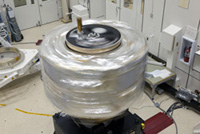Van Allen Probes Video Library
March 22, 2019
Orbiting in the Danger Zone
Behind the Scenes of the Van Allen Probes' Final Maneuver
March 19, 2019
The Van Allen Probes Begin Final De-Orbit Maneuvers
February 2013
Van Allen Probes Reveal A New Radiation Belt Around Earth
August 30, 2012
Post-Launch News Conference
August 30, 2012
NASA Launches Van Allen Probes Mission
August 30, 2012
Launch Video
August 2012
“Building the Van Allen Probes Spacecraft”
Design and Construction of Twin Spacecraft
August 2012
“What are the Radiation Belts?”
Explaining the Mysterious Near-Earth Regions
August 20, 2012
NASA Van Allen Probes Prelaunch News Conference
August 20, 2012
NASA Van Allen Probes Mission Science Briefing
August 9, 2012
NASA Van Allen Probes L-14 News Conference
July 2012
New Time-lapse Videos Track Solar Array Deployment Tests
June 2012
As Aug. 23 Launch Draws Closer, Van Allen Probes Achieves Milestones and Announces Events
May 2012
Shake, Shock, and Bake – Van Allen Probes Integration and Testing 2012
January 2012
It's All in the Swing: Van Allen Probes Undergoes Magnetic Swing Test
Van Allen Probes Spin Testing
On Sept. 12, Van Allen Probes spacecraft A became the first APL-built spacecraft to be tested on the Lab's new spin table. It underwent both a spin balance and mass properties test, two procedures that are done in concert, and in order, as they are intimately linked.
Download video files in higher resolution »
Music Video by the Ionized Gases
Every second, a million tons of energized matter blasts off from the surface of Sun. Where does this "solar wind" go? Follow the speedy voyage of some protons, electrons and ions as they make a magnetic connection with Earth – becoming trapped in the Van Allen radiation belts that surround our planet. As they bounce, drift and spiral through the belts, some particles will shoot down Earth's long magnetic tail, while others spin back to the upper reaches of the magnetic field and spark the auroras – the amazing celestial light show we know as the northern (or southern) lights. Earth can be a crazy, magnetic place – watch this video to see how!
Aurora Lights: Why They Exist and What Causes Them
Posted on NASA.gov Monday, February 09, 2009 12:42 PM
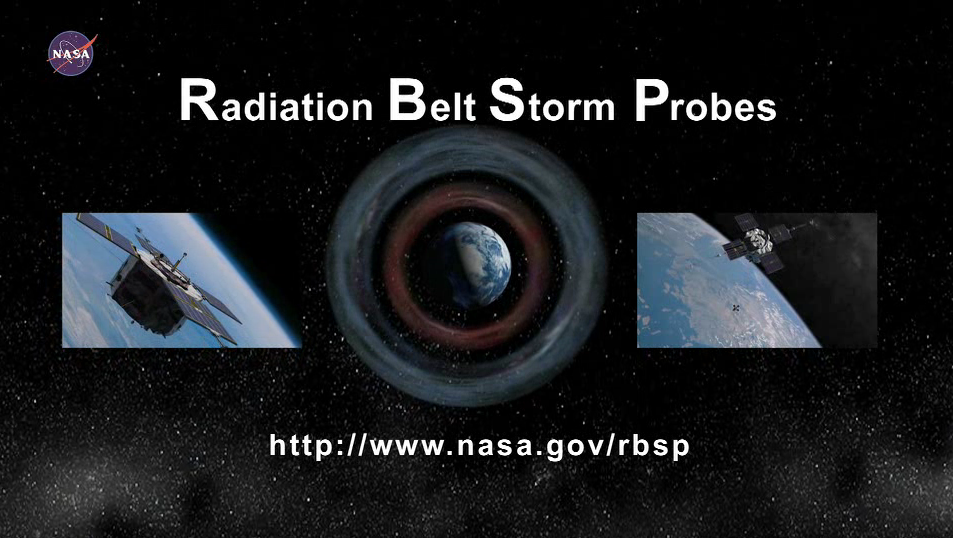
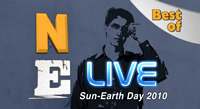
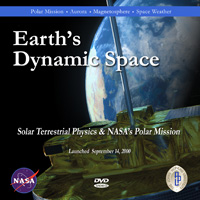
 Craig Kletzing (EMFISIS)
Craig Kletzing (EMFISIS) Harlan Spence (ECT)
Harlan Spence (ECT) Louis Lanzerotti (RB-SPICE)
Louis Lanzerotti (RB-SPICE) John Wygant (EFW)
John Wygant (EFW) Joe Mazur (RPS)
Joe Mazur (RPS)
